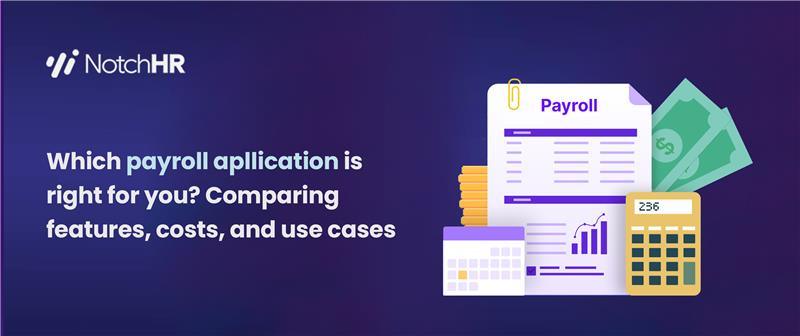Hybrid work policy is a necessity in Nigeria’s fast-evolving workplace landscape. Continental Economy Magazine reported that Lagos professionals can spend over 2 hours daily in traffic, we’ve heard of scenarios where Abuja startups are struggling to retain top talent, and Port Harcourt employees juggling power outages while trying to meet deadlines.
Recently, a study found out that Lagos loses approximately ₦4 trillion annually due to traffic congestion Business Insider Africa.
This causes a lot of frustration, burnout, and a talent drain as skilled workers flock to global remote roles. But here’s the good news: A well-crafted hybrid work policy isn’t just about surviving—it’s about thriving.
Today we are going to cut through the guesswork and show you how to design a comprehensive hybrid work policy tailored to Nigeria’s unique challenges—suffering from unreliable electricity to cultural preferences for face-to-face collaboration. This guide will guide you to launch your policy in days (not months).
What is Policy for Hybrid Work?
A hybrid work policy is your company’s playbook for balancing remote and in-office work. Think of it as a flexibility roadmap that answers:
- Who works from home, and when?
- How do teams collaborate across locations?
- What tools keep everyone aligned?
But here’s the catch: a one-size-fits-all approach fails. For example, Google requires 3 office days weekly. Your policy should reflect your company’s DNA.

How to Create Policies Hybrid Work
Step 1: Assess Your Team’s Needs (No Guessing Allowed!)
Start by asking employees what they actually want. Use surveys or workshops to ask:
- How many days do you prefer in-office vs. remote?
- Which tasks are harder remotely (e.g., brainstorming, delegation)?
- What tools would make hybrid work easier?
Step 2: Define Clear Guidelines (Avoid the “It Depends” Trap)
Ambiguity is the enemy. Your policy should outline:
- Core Hours: Require overlap (e.g., 10 AM–2 PM GMT for meetings).
- In-Office Days: “Team Tuesdays” for collaboration.
- Remote Days: Focus on deep work.
Step 3: Invest in the Right Tools (No, Slack Isn’t Enough)
“Hybrid work isn’t about location—it’s about connection,” says Microsoft CEO Satya Nadella. Equip your team with:
- Collaboration: NotchHR, Zoom, Slack, or Microsoft Teams.
- Project Management: NotchHR Time tracker, Asana, or Trello for task tracking.
- Culture-Building: Donut for virtual coffee chats.
Step 4: Prevent Hybrid Work Burnout (Yes, It’s Real)
A 2022 article from Bloomberg highlighted that hybrid work arrangements, such as spending one or two days in the office, can enhance productivity and creativity.
You can also combat organizational burnout by:
- Setting “No Camera Fridays” to reduce Zoom fatigue.
- Encouraging PTO (LinkedIn offers “Rest-Up” Fridays quarterly).
- Training managers to spot burnout signs (missed deadlines, cynicism).
In a 2016 interview, Arianna Huffington, CEO of Thrive Global emphasized the need to move away from a culture that glorifies burnout, stating, “We’re living in [a] culture that still believes that burn-out is the way to succeed forbes.com
Step 5: Address Legal & Compliance Risks
Did you know? Requiring in-office days could lead to discrimination claims if not applied fairly. Your policy should cover:
- Overtime Laws: Track hours for non-exempt employees.
- Taxes: Remote workers in different countries? Consult a lawyer.
- Equipment Reimbursements: Provide home office equipment that will help them work at home.
Pro Tip: Use tools like Remote.com to automate compliance across states/countries.
Step 6: Train Managers to Lead Hybrid Teams
HR expert Josh Bersin emphasizes that hybrid work is more than just a change in location; it requires a comprehensive reevaluation of leadership approaches, organizational culture, and work models. He states, “Hybrid work means more than working at home. It means considering location, time, business model, and more” joshbersin.com
You should train your managers to:
- Focus on outcomes (not screen time).
- Schedule inclusive meetings (rotate in-office/remote presenters).
- Build trust through weekly 1:1s.
Step 7: Iterate, Iterate, Iterate
Review your policy quarterly. Ask:
- Are teams collaborating smoothly?
- Is burnout increasing?
- Are productivity metrics stable?
Example: Spotify’s “Work from Anywhere” policy evolved to include co-working space stipends after feedback.

Conclusion
As it is stated above, a well-structured hybrid work policy can be a game-changer for a lot of businesses in Nigeria. When you set clear guidelines, leverage technology, prioritize employee well-being, foster communication, and continuously improve the policy, your company can create a flexible work environment that benefits both you and your employees.
As businesses in Nigeria continue to embrace the future of work, those with well-thought-out hybrid work policies will gain a competitive edge in attracting and retaining top talent.
NotchHR is introducing an all in one Time Tracker that offers a powerful suite of features designed to enhance your workforce efficiency and optimize performance. You can easily get a;
- Comprehensive Time Tracking: Monitor time spent on projects, tasks, and clients for better resource management.
- Productivity Analysis: Identify inefficiencies and training needs to maximize output.
- Ethical Performance Insights: Gain valuable work behavior insights while maintaining privacy.
- Multi-Device Integration: Track time seamlessly across computers, tablets, and mobile devices.
- Attendance Management: Automate attendance tracking to streamline workforce monitoring.
- Optimized Work Planning: Schedule and compare planned vs. actual work hours.
- Enhanced Payroll Accuracy: Generate precise time reports for seamless payroll processing.
- Real-Time Notifications: Stay informed with instant alerts on key performance triggers.
- Work-Life Balance Support: Prevent burnout with insights into work patterns and employee well-being.
With NotchHR Time Tracker, your business will gain real-time visibility into your team activities, empowering them to make data-driven decisions that enhance productivity, accountability, and profitability.



